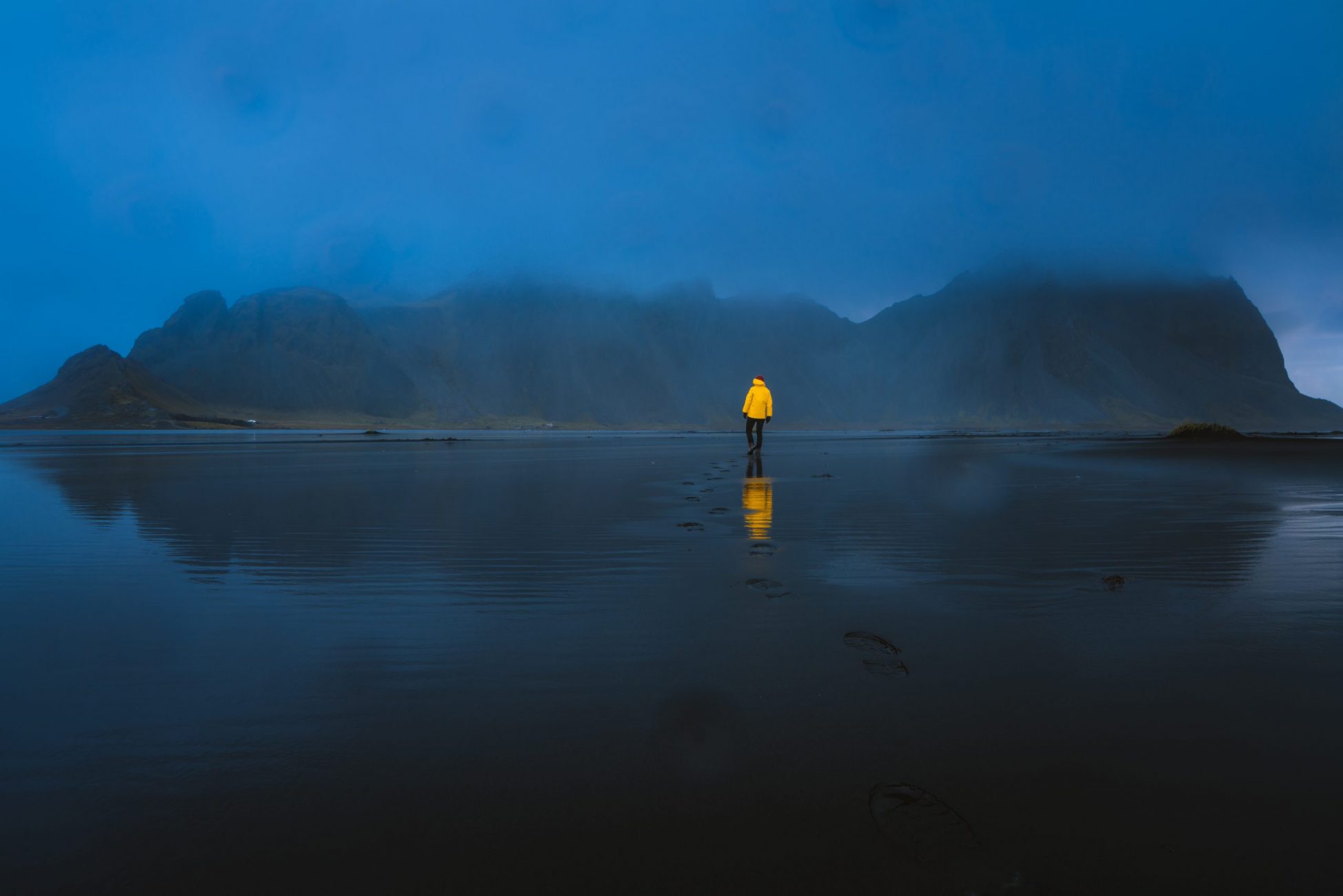Naderi Production
2 HANNERT DE KLEPPBEEM
L-6995 RAMELDANGE

There are many tools in a photographer’s “emotional toolbox” – the things you can do in photography to shift a photo’s emotional message in your preferred direction. The one I’ll be talking about today is texture. Understanding Texture in Photography!
Texture in photography is not much different than in other contexts. If you imagine reaching out, closing your eyes, and touching a photo, texture is how it would feel in three dimensions. Sand might feel smooth and granular. Water could be smooth and glassy, or it could be rough and sharp.
Texture is one of the easiest elements of photography to explain in terms of emotions, because usually the words you would use to describe the texture are the same words to describe the emotions it carries.
If the texture is rough, it imparts rough emotions to your photo. If the texture is gentle, the mood is gentle. The more space in your photo that the texture takes up, the clearer the corresponding emotion will be.
Like all things in photography, there can be exceptions. I’d be interested to see people’s attempts to create harsh emotions out of smooth textures, or calm emotions from sharp, jagged criss-crossed shapes. It can be done, if you employ the other elements of composition creatively (such as light, balance, positive/negative space, and so on). But it’s not the norm.
Sometimes, texture isn’t just a detail within the photo, but the whole point of the photo itself. These tend to be abstract or semi-abstract images, and they can be a powerful type of photography.
The reason why “texture as subject” photos tend to work well is that they tell a unified story. So long as nothing distracting interrupts the texture, you’ll end up taking a photo where every part of the frame is on the same page, so to speak.
Texture isn’t something you should spend an eternity worrying about. It’s simply another tool at your disposal during composition. But it is something that you have some control over in most photos, even non-studio scenes. There are almost always going to be ways to shift a photo’s texture in one direction or another.
You may have noticed that most of what I’ve talked about so far has to do with field-based photography under natural light. But if you’re taking pictures in a studio, you have almost limitless control over the texture throughout your image.
I hope this article gave you a good idea of how to work with texture in your own photos. I won’t claim that it’s the most important part of composition, or probably even in the top five. But it still influences a photo’s emotional message, which means it’s worth paying attention to. And if you’re completely stuck for good photo ideas at a given location, look around for some interesting textures, and you can get those creative wheels spinning again!
If you have any questions or feedback, please post your comments in the comments section below.